Trending searches
Popular collections
Popular products
Cart ($0)
Cart ($0)


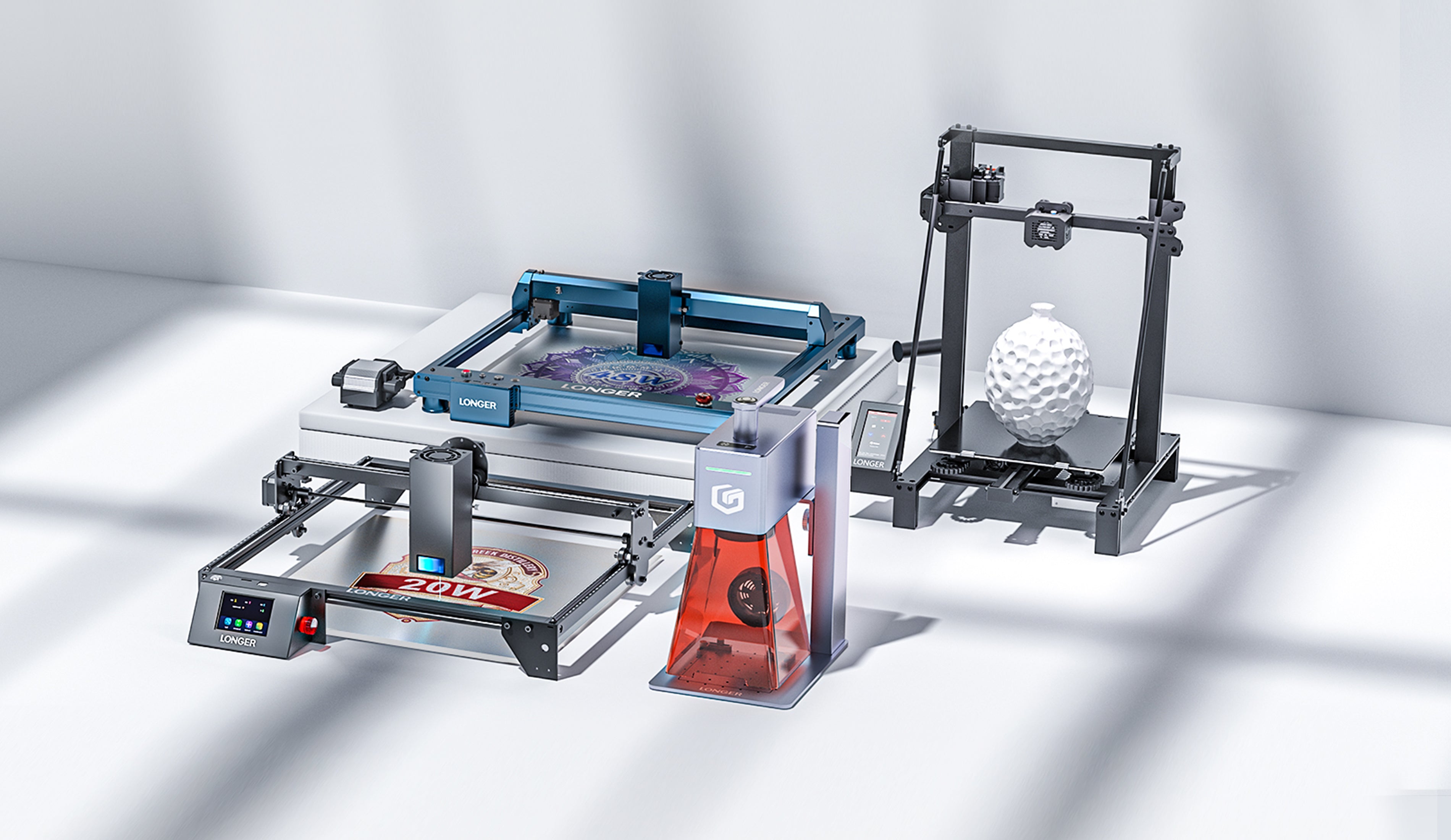
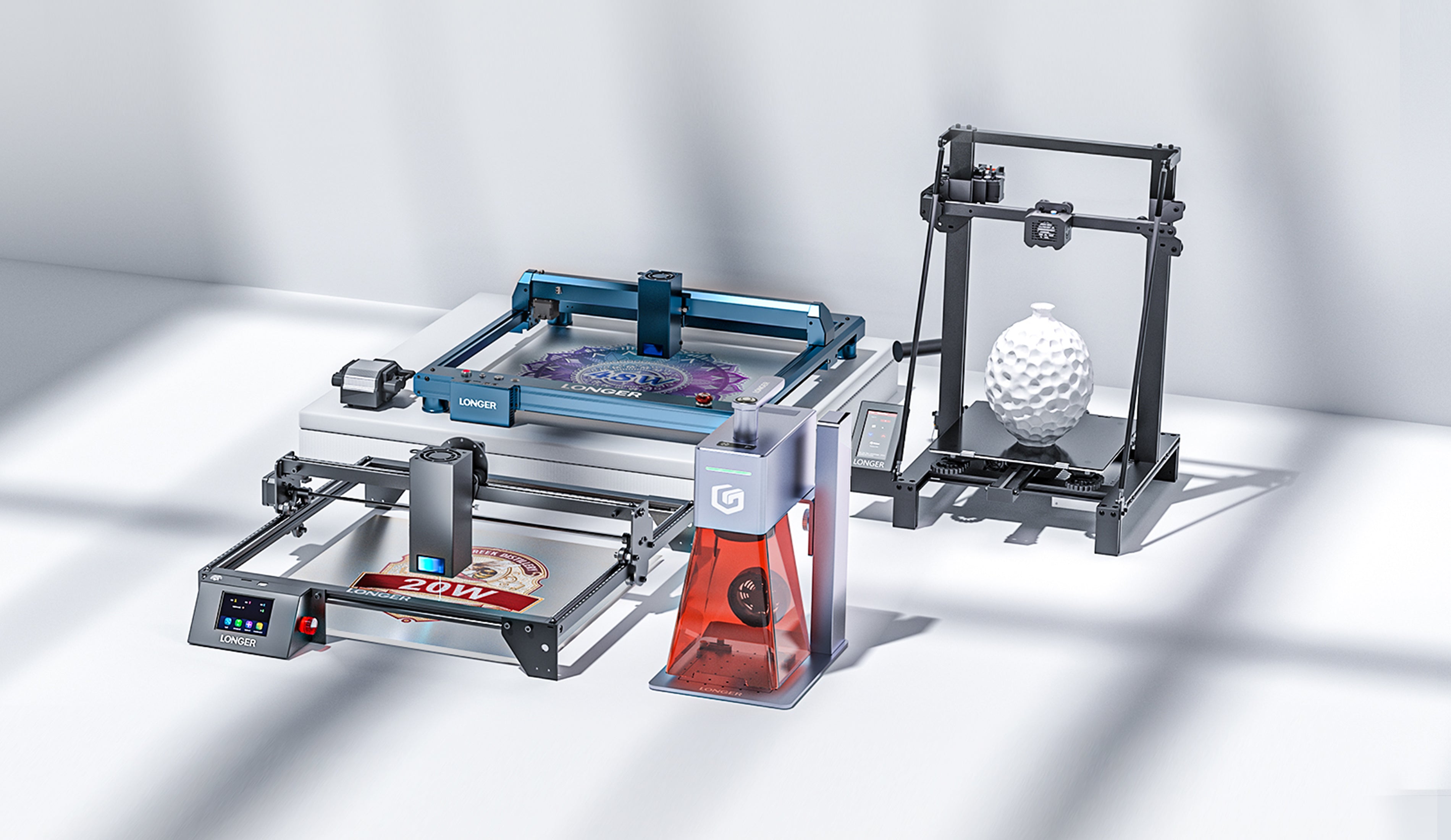


FDM 3D printing consists of a series of layers of molten material placed on top of each other; in this way, complex objects are created through a succession of layers. However, often some layers must be placed in areas without a base, so the layer is printed literally in a vacuum and it will inevitably fall down, but to overcome this problem it is possible to use supports, which act as a temporary scaffolding and can be removed once the print has been completed.
In a previous lesson, we saw how in some special cases it is possible to print suspended layers, without the use of supports, using the phenomenon called Bridging, but this technique is limited to particular designs mostly straight and of short distances. For most prints there will inevitably be a need to use Printing Supports.
As anticipated, the supports are printed structures that are not part of the original design, but are scaffolding external to the design that are used temporarily for printing the object, and in particular serve to ensure that the cantilevered parts of the object are extruded over a solid structure instead of in a vacuum, so as not to collapse downwards. These support structures are temporary because at the end of printing, they will have to be removed, thus having a model printed according to the original design.
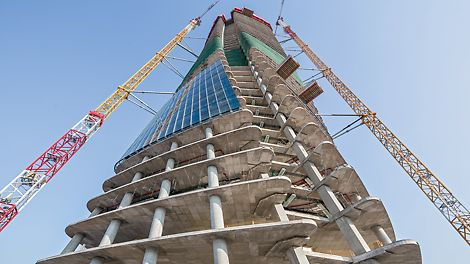
In the Cura slicer there are various types of supports to choose from, and most of them are equivalent, that is, choosing one type instead of another does not make a big difference; they are mainly based on vertical structures, more or less dense, and a good default configuration of the supports can be indicated in the following photo:

A separate case is the Tree Supports, which tend to be less dense and easier to remove at the end of printing, since just like a tree these supports have a common base at the bottom and expand upwards in more branches just with a tree. Therefore, a smaller support surface at the bottom corresponds to a greater support surface at the top, and this saves material for the realization of the supports and facilitates the removal of the supports thanks to their particular upward development configuration.

The example below shows how, with the same model, the two different types of support take on a different development, while performing the same function:
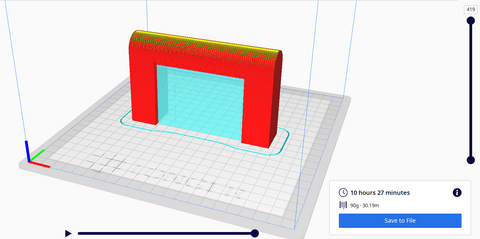
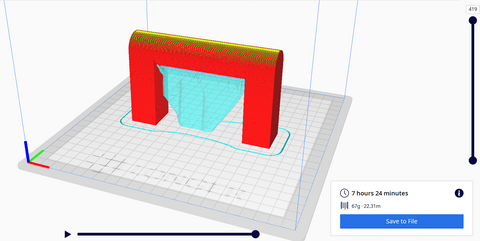
Although tree supports always seem to be the best choice for various reasons, in reality it is necessary to evaluate on a case-by-case basis what type of support to use, as depending on the geometry of the model it may be more convenient to use classic vertical supports, so as to guarantee greater resistance during printing. In any case, the best way to get answers in this regard is to empirically test the various types of support and evaluate those that best suit the type of model to be printed.
https://www.longer3d.com/products/lk5-pro-fdm-3d-printer
!
